Affiliate links on Android Authority may earn us a commission. Learn more.
Kivy Python tutorial: Build attractive mobile apps in Python!
Published onFebruary 15, 2021
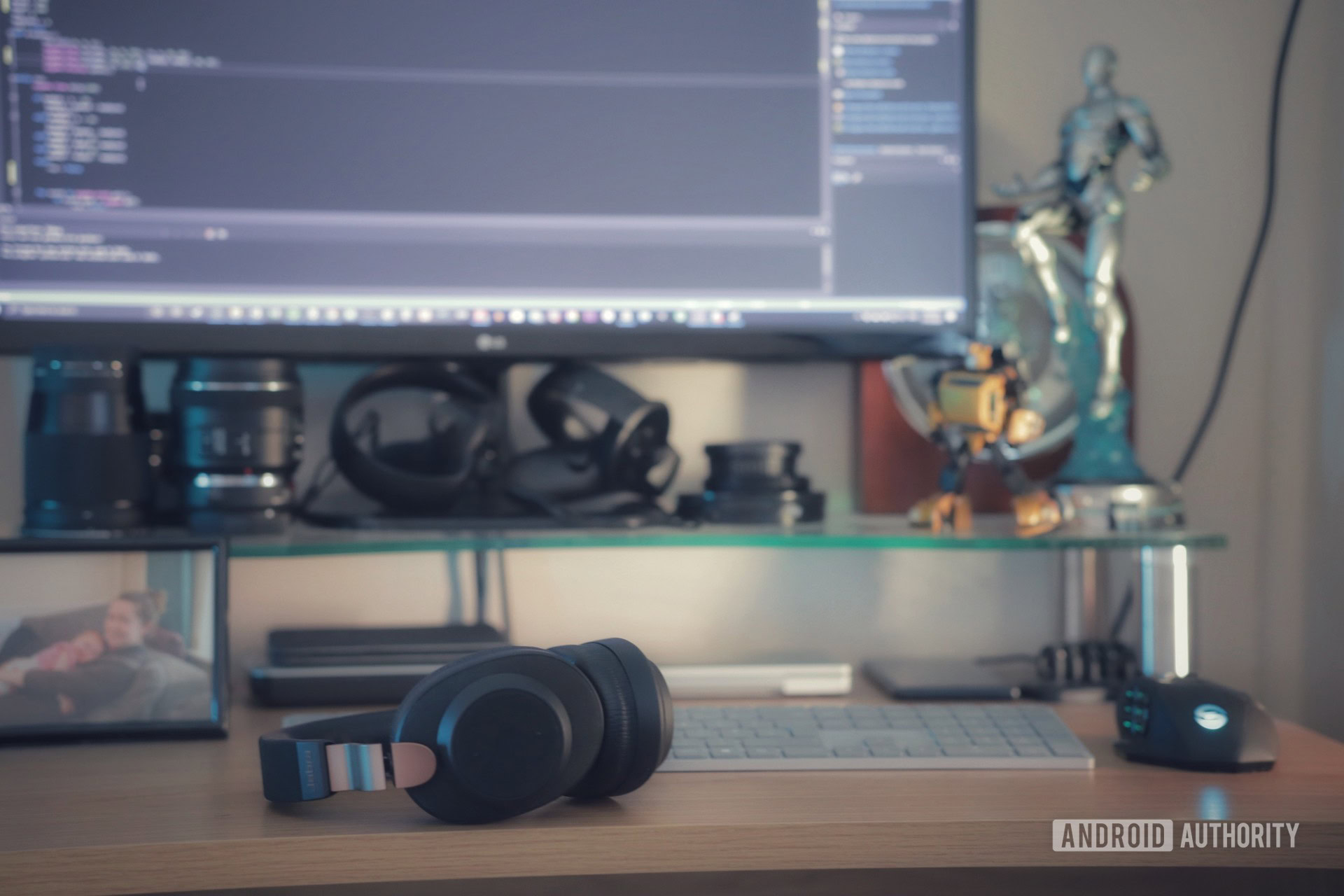
In this Kivy Python tutorial, you will learn how to use Kivy for Python app development. By the end, you’ll understand how to start building cross-platform apps for Android, iOS, and Windows using Python.
Python is a powerful, flexible, and beginner-friendly programming language that has rapidly grown to become one of the most popular options for developers. But while Python is welcoming for newcomers and flexible enough for pros, getting the most from it will typically require a little help.
Also read: How to make a game in Python: An introduction to Pygame
That is to say, there isn’t a whole lot you can build with Python out-of-the-box. If you want to make a game, you’ll need the module Pygame. If you plan on making a website, you’ll need to use one of the popular Python frameworks, such as Flask.
But what if you want to make an Android app? In that case, you need Kivy!
Kivy is a Python library that supports cross-platform development. That means you can use a single code base to create Android, iOS, and even Windows, Linux, and MacOS apps. Kivy provides flexible, modern UI elements and, of course, let’s you keep using your new favorite language to build it all!
So, how do you get started? Let’s find out in this Kivy Python tutorial.
Kivy Python tutorial: Setting up
First need to download and install Kivy. Fortunately, you can do this via pip. So first, make sure that Python is installed on your machine. If it isn’t, you can fix that by following our helpful guide:
How to install Python and start coding on Windows, Mac, or Linux
Next, you’ll need to open up a command prompt in your Python folder, or add Python to PATH, if you’re on Windows. Or you can use the terminal.
Next, head on over to the instructions provided at Kivy.org. This will give you a detailed guide to getting things up and running.
The cliff notes version: ensure that you have the latest pip, wheel, and virtualenv by running the following command at the Command Line:
python -m pip install --upgrade pip wheel setuptools virtualenvNext, create a virtual environment for your Kivy project:
python -m virtualenv kivy_venv
kivy_venv\Scripts\activate(Or source kivy_venv/Scripts/activate if in a bash terminal).
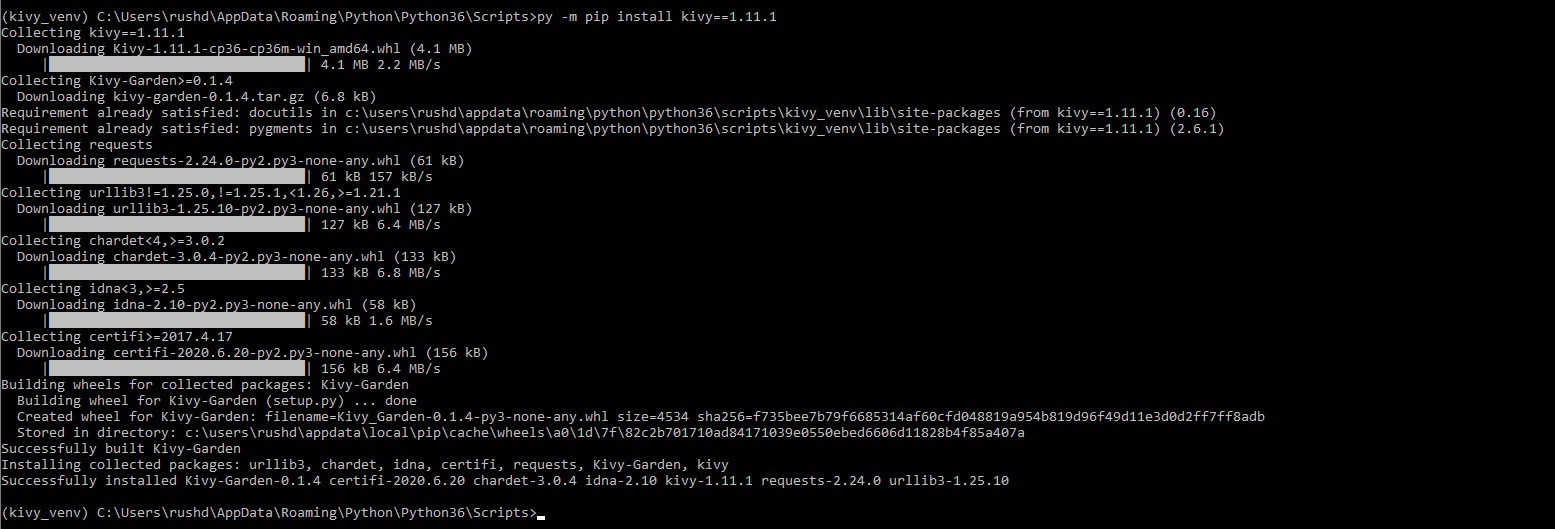
If this doesn’t work, try using “py” instead of “python.” Next, install the dependencies you need. These take up a little space, so if you want to be :
python -m pip install docutils pygments pypiwin32 kivy_deps.sdl2==0.1.* kivy_deps.glew==0.1.*
python -m pip install kivy_deps.gstreamer==0.1.*
python -m pip install kivy_deps.angle==0.1.* (If you have Python 3.5+)Finally, install Kivy itself and the examples:
python -m pip install kivy==1.11.1
python -m pip install kivy_examples==1.11.1Again, you can follow the instructions at Kivy.org for a more detailed guide.
Once you’ve done all of this, why not take a look at one of the examples?
python kivy_venv\share\kivy-examples\demo\showcase\main.pyHere, you’ll find a variety of different button layouts and be able to interact with them; an insight into the kinds of user interfaces you can create with Python app development via Kivy!
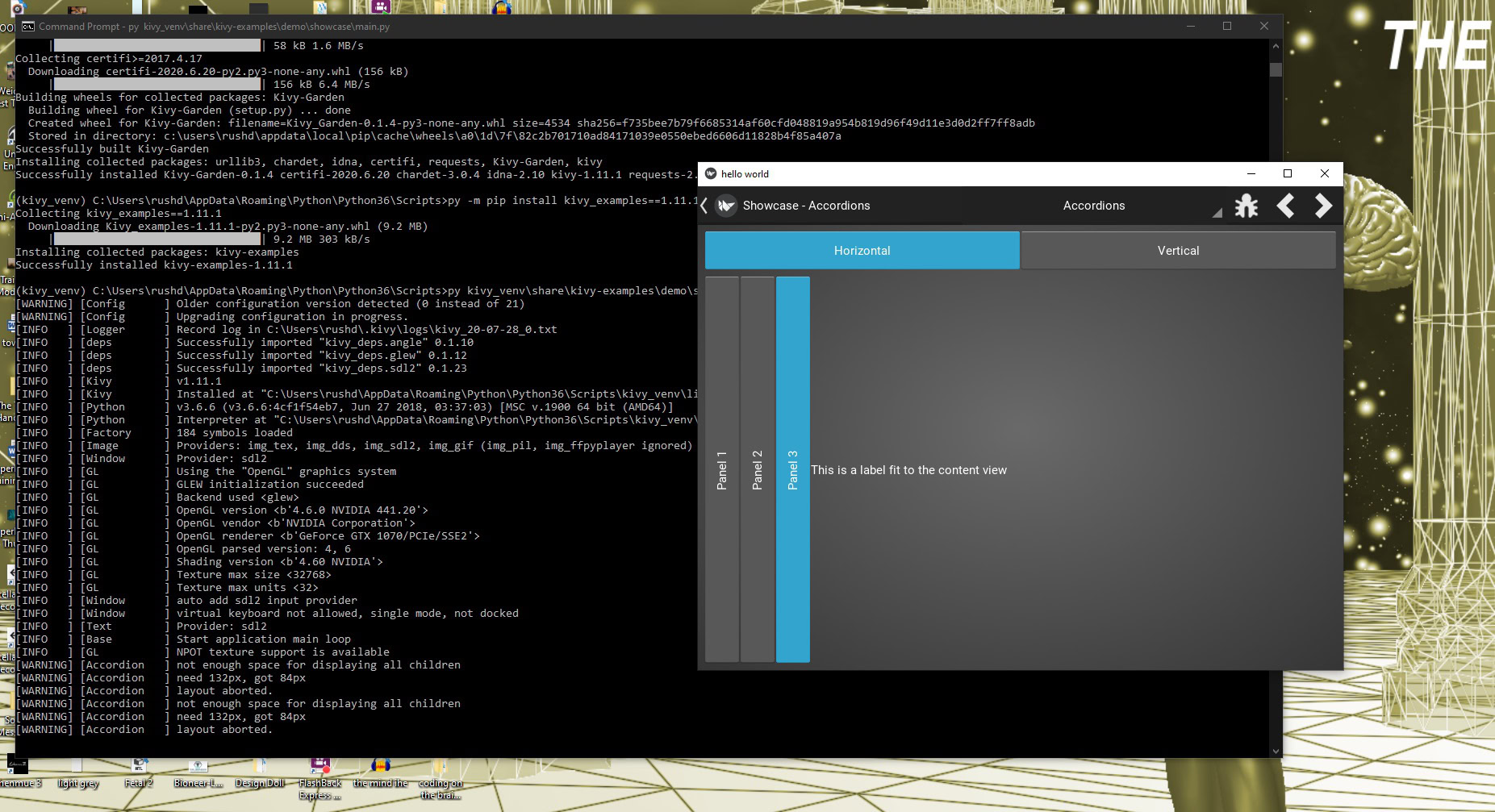
Note that you’re going to need to create your virtual environment each time you begin development. So, don’t close that CMD window just yet!
Your first app
To get started, load your Kivy IDE/editor of choice. Again, you can find out how to do this in our previous post. I will be using Visual Studio.
Now enter the following code:
import kivy
kivy.require('1.9.0')
from kivy.app import App
from kivy.uix.button import Label
class HelloWorld(App):
def build(self):
return Label(text="Hello Wolrd")
helloWorld = HelloWorld()
helloWorld.run()To run this, you will need to switch back to the terminal/command line, find the file, then launch it. I called mine Python_Kivy_Example.py.
If all has gone well, you’ll be greeted by the words “Hello World!” up on the screen:
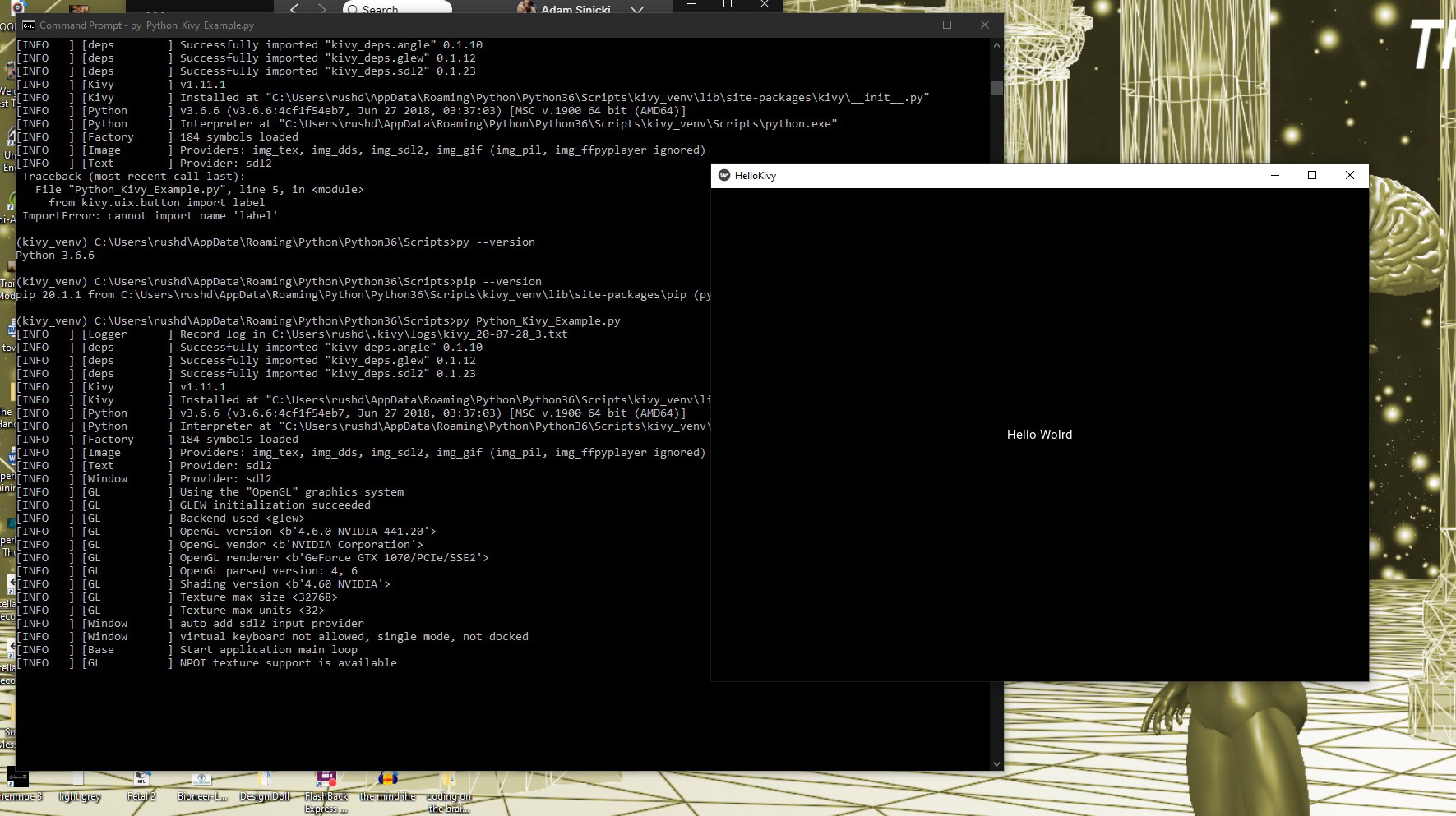
Remember: you need to be using the Kivy environment you set up in order for this to work. if you In this script, we are first importing Kivy and the individual elements that we need (an app and a label). Kivy.require() is what we use to target a minimum version of Kivy.
Next, we’re creating a class called HelloWorld, with function called build, which is going to return a label with the text “Hello World” (as is tradition).
Finally, we’re creating our Hello World object and then running it. Boom! There you have your first Kivy Python app!
More things we can do
That was a very simple introductory project to show you how Kivy works for the purpose of this Kivy Python tutorial.
So, what else can this bad boy do?
One smart thing we can do with Kivy, is to separate the UI layer from the code — just as we do in Android Studio (where the UI is handled by XML in separate files). We would do this by creating separate Kivy files that could then display buttons and the like.
So, let’s create a new Kivy file and name it HelloWorld. In here, add the following code:
<label>:
text: "Hello World"Make sure this file is saved in the same folder as your Python file using the extension “.kv”, and then edit the original code slightly:
import kivy
kivy.require('1.9.0')
from kivy.app import App
from kivy.uix.button import Label
class HelloWorld(App):
def build(self):
return Label()
helloWorld = HelloWorld()
helloWorld.run()You’ll notice that all we did was to remove the contents of the brackets following Label. It’s important that we give the class and the Kivy file the same name, as this is how Python knows to associate the two! Hit run, and you should find that everything looks just as it did before!
Now you can do things like changing the color and size of the label:
<label>:
text: "Hello World"
pos: 0, 100
size: 100, 50
color: .8,.9,0,1
font_size: 32Note that for this to work, you also need to import “color.”
from kivy.graphics import ColorIf we want to stack multiple widgets in a single layout, we need to make a couple of small changes. Instead of returning a label, we’re going to return a layout. We’ll use box layout, which is one of the simplest options.
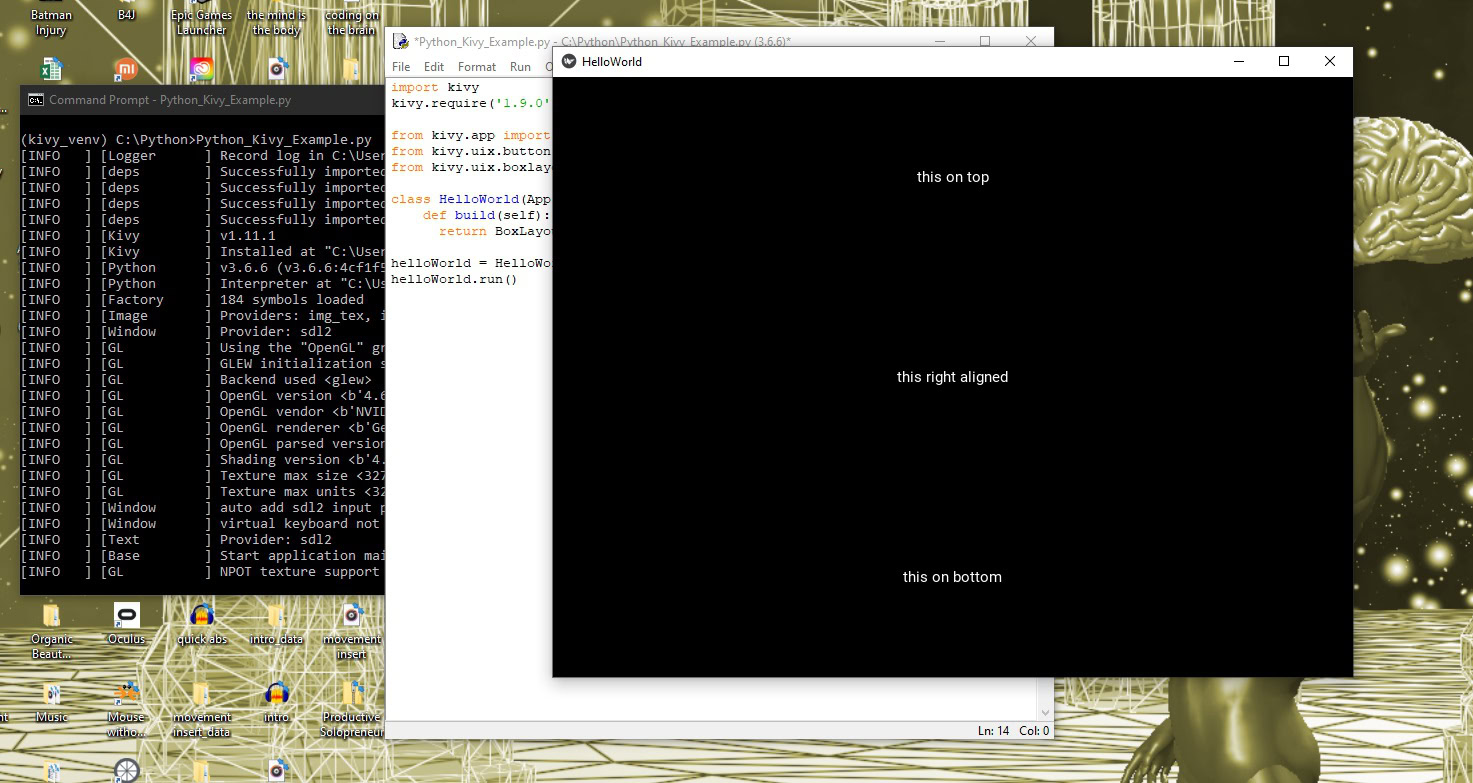
This will simply stack your widgets top to bottom, or left to right, depending on whether you set it to “verticle” or “horizontal.”
<BoxLayout>:
orientation: 'vertical'
Label:
text: 'Label 1'
Label:
text: 'Label 2'
Label:
text: 'Label 3'You can then display this using the following code:
import kivy
kivy.require('1.9.0')
from kivy.app import App
from kivy.uix.button import Label
from kivy.uix.boxlayout import BoxLayout
class HelloWorld(App):
def build(self):
return BoxLayout()
helloWorld = HelloWorld()
helloWorld.run()Handling button presses
The next thing that any good Kivy Python tutorial needs, is a way to handle events and logic. If we want to swap those labels for buttons, we can do so very simply by importing “Button” instead of label and swapping every reference.
But we’re not going to do that. Instead, to keep things simple, we’re going to stick with just one button. This button will print “Hello World” to the CMD/terminal when clicked.
Your KV file will look like this:
<Controller>:
BoxLayout:
orientation: 'vertical'
Button:
text: 'Button 1'
on_press: root.button_pressed()Here, we have added two new features of interest: the controller tag and the on_press. The controller tag is our “root widget.” All other widgets in the file are “children” of that root. The other point of interest is “on_press.” This calls a function that we’re adding to the code.
That code looks like this:
import kivy
kivy.require('1.9.0')
from kivy.app import App
from kivy.uix.button import Button
from kivy.uix.label import Label
from kivy.uix.boxlayout import BoxLayout
class RootWidget(BoxLayout):
def __init__(self):
super(RootWidget, self).__init__()
def button_pressed(self):
print("Hello there")
class HelloWorld(App):
def build(self):
return RootWidget()
helloWorld = HelloWorld()
helloWorld.run()As you can see, we are now returning “RootWidget” as our view. Meanwhile, RootWidget has its own class, which contains a little boilerplate code to initialize the view, along with the button_pressed function. This is where we
We can even take this Kivy Python tutorial one step further by showing you how to alter the layout from the code. To do this, we just need to create a label for one of our views, so that we can reference it later.
The new Kivy file:
import kivy
kivy.require('1.9.0')
from kivy.app import App
from kivy.uix.button import Button
from kivy.uix.label import Label
from kivy.uix.boxlayout import BoxLayout
class RootWidget(BoxLayout):
def __init__(self):
super(RootWidget, self).__init__()
def button_pressed(self):
self.lbl.text = "Hello World!"
class HelloWorld(App):
def build(self):
return RootWidget()
helloWorld = HelloWorld()
helloWorld.run()The new Python file:
<RootWidget>:
lbl: my_label
BoxLayout:
orientation: 'vertical'
Button:
text: 'Button 1'
on_press: root.button_pressed()
Label:
id: my_label
text: 'Waiting...'Clicking the button will now display “Hello World!” on a label positioned directly underneath.
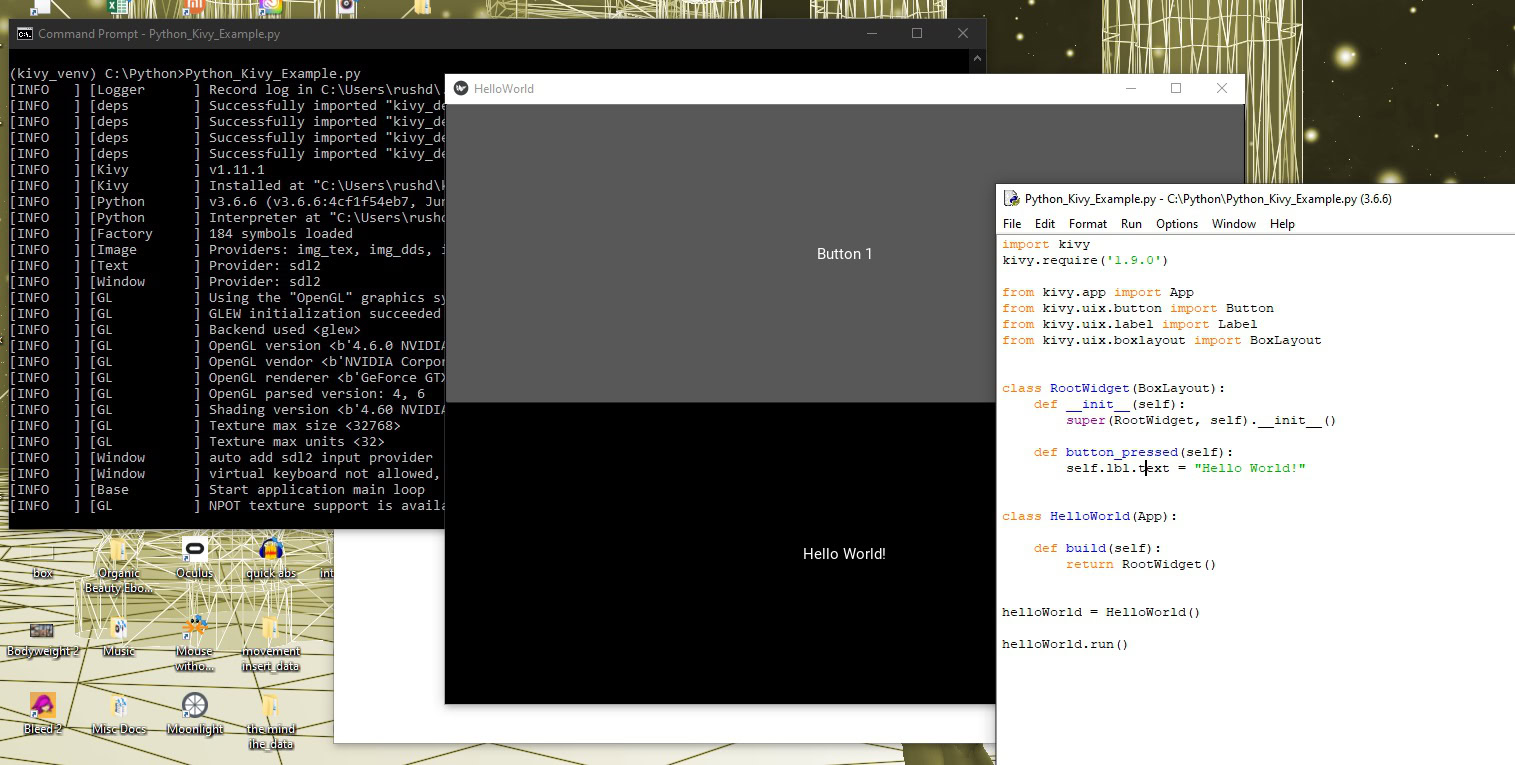
There’s plenty more you can do but, hopefully, this Python Kivy tutorial has given you a good foundation to build off of. There are tons of resources and tutorials out there, so pick an easy project and give it a go!
Also read: How to define a function in Python
But wait! You’re probably wondering how you package all of this into an APK file? To do that, you’ll need to use another external tool called Buildozer. That’s an article for another time. But meanwhile, you can follow the documentation: Programming Guide > Create a Package for Android.
As you can see, there is a lot you can do with Python once you get to grips with it! If you want to go pro with this awesome language, then why not take an online course? You can find some incredible discounts on top Python courses and learn for as little as $40, over at our guide to the best online Python courses.
For more developer news, features, and tutorials from Android Authority, don’t miss signing up for the monthly newsletter below!